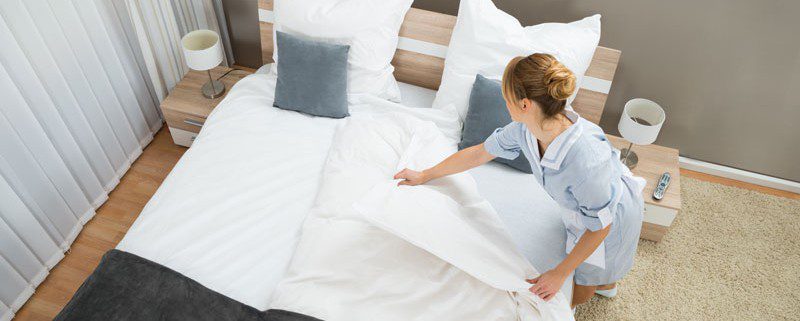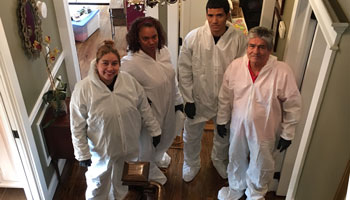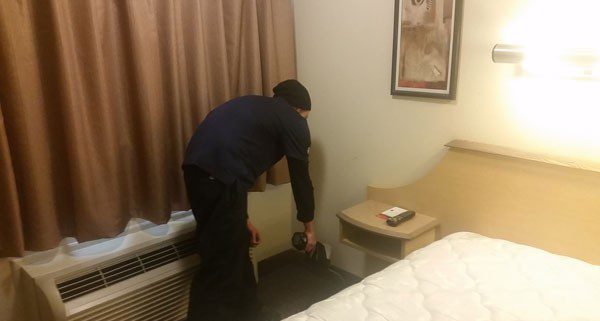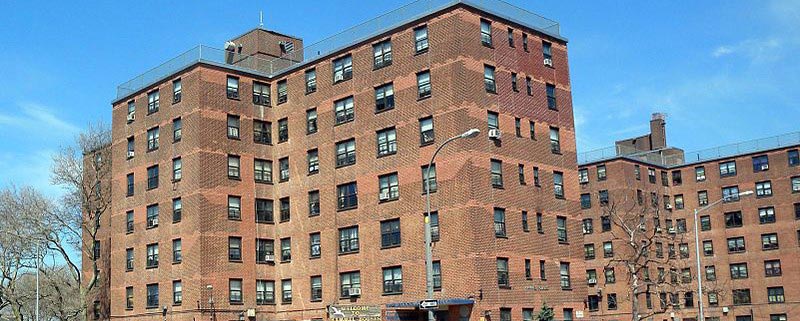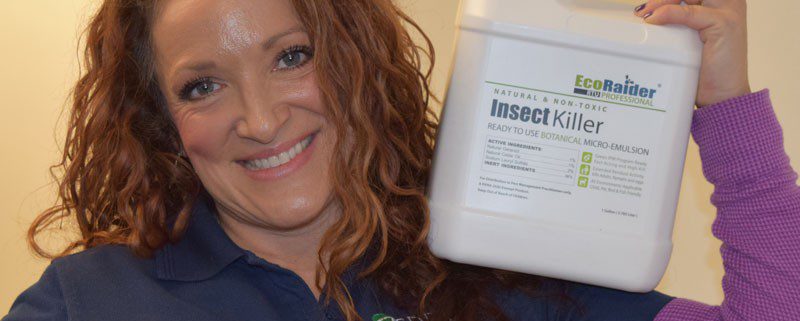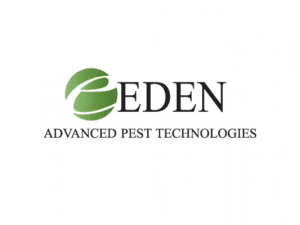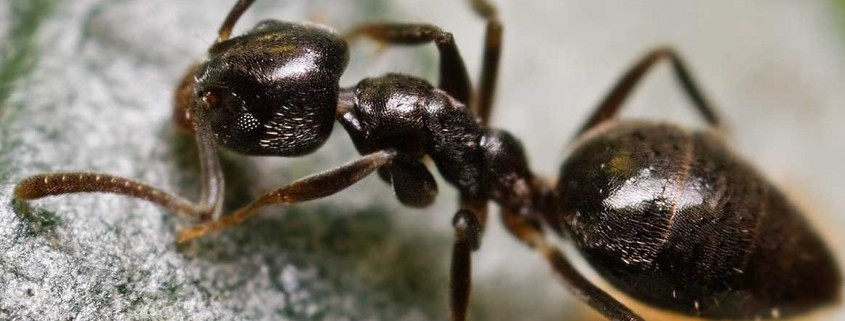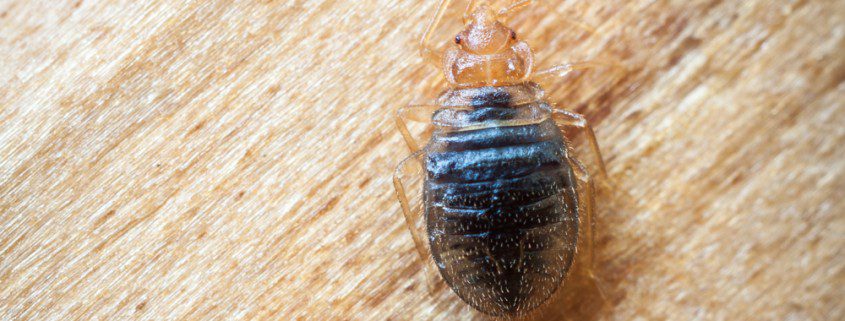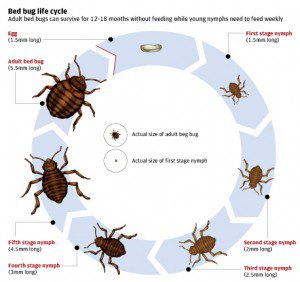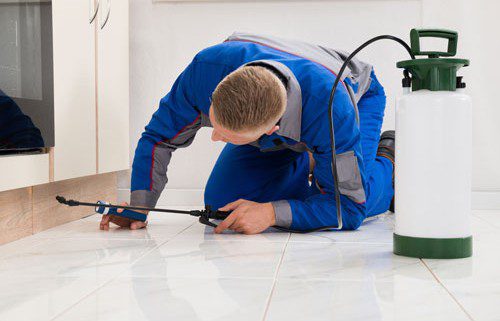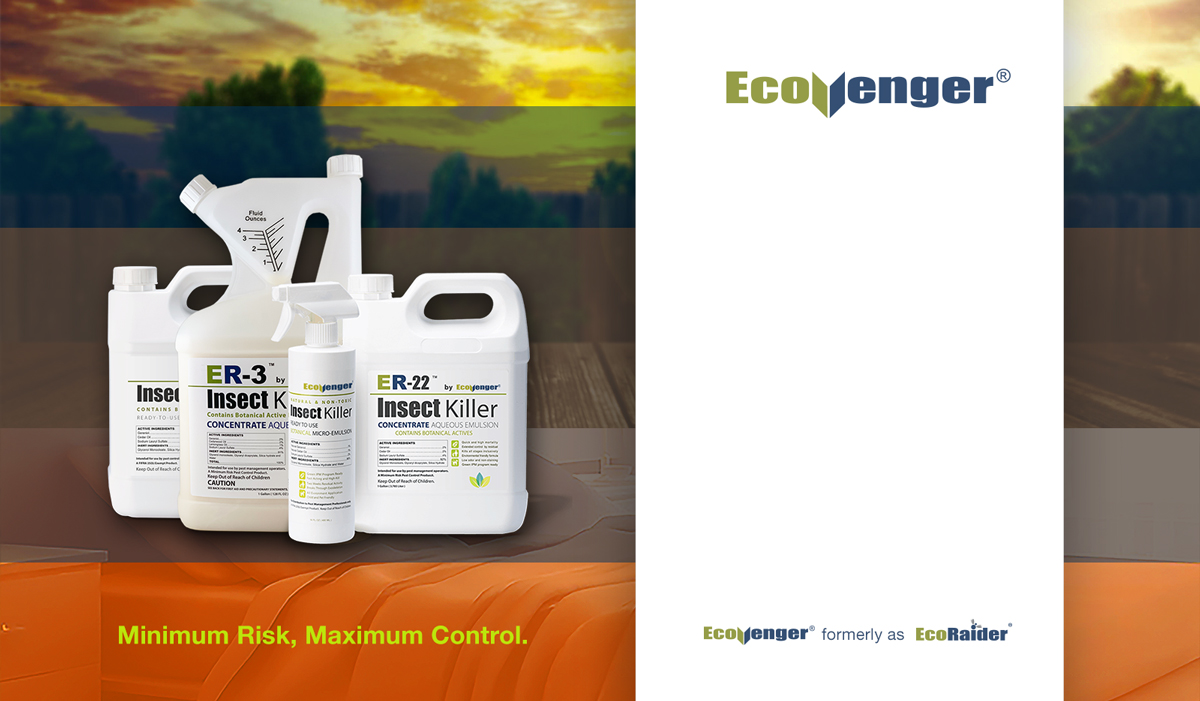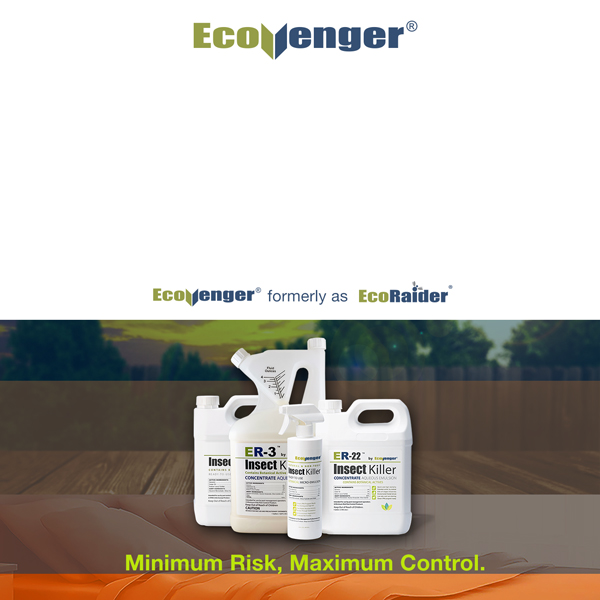Hotels GMs Look for Natural Bed Bug Solutions
Chicago hotel general managers face no different challenges than the rest of the country’s hoteliers – except for the fact that Chicago for the fourth time has been named the worst bed bug city in the country. So for hotels in the Windy City, that means there’s an emphasis by patrons to over-inspect their rooms to make sure there are no bed bugs.
Hotels specifically continue to face a daunting battle against bed bugs on two fronts.
First, the problem is costly. The financial outlay to rid a major hotel of bed bugs could be five or six figures based on the level of the infestation and how much eradication needs to take place.
Second, there’s the issue of reputation – maintaining the brand’s standard as a bed-bug free hotel is important, especially with the power of social media posts and websites such as www.bedbugregistry.com.
One Chicago Hotel General Manager, asked to be interviewed anonymously because being affiliated with bed bugs is obviously a negative to their clientele, said the pest remains a huge problem in the hotel industry.
“It’s one of those things that you really can be fully prepared for but if one guest reports finding one bed bug and posts something online about it, instantly it becomes a crisis for us. There are times when people have come in with a ladybug crawling on their backpack or jacket and when they throw it down on the bed it crawls around and they instantly report it as bed bugs.”
“So no matter how prepared we are as hotels, incidents are going to happen and it’s a matter of how you deal with them and how you take care of your guests in those situations – that’s the most important aspect.”
The General Manager says that there are a few keys to limiting exposure outside of the hotel when there is a bed bug infestation – talking to guests immediately and trying to avoid a social post is truly important, especially on Twitter where posts can be tagged to the hotel’s official Twitter account.
Being preventative is very important as well. Letting guests know that you are doing everything you possibly can to provide an excellent, bug-free experience helps.
Preventing bed bugs isn’t easy but there are options for creating a hotel pest control program that is proactive – and it’s one that can be implemented by hotel staff rather than calling in a professional for additional cost. Interception devices are becoming more popular because they will attract bed bugs and once they are inside of the device, they cannot climb out and they die before reaching a food source.
Being able to say that they treat their rooms and beds with green, natural products rather than chemicals is a huge benefit, said the General Manager.
“In this day and age being able to have anything that’s natural that you can call ‘Green’ to use to fight bed bugs is a tremendous positive for all hotels. The last thing any guest wants to know is that chemicals were just used in the area where they will be sleeping – so being able to say that literally no chemicals are used on your mattress or box spring that’s a huge positive.”
HOTEL FRIENDLY
EcoRaider provides hotels with a proactive solution that is ideal for using in rooms because it is a natural, green product. EcoRaider does not stain linens or bedding and is safe for both children and pests. It is used in many sensitive areas because it is safe for use – especially in hotels.
EcoRaider, available through a national distribution network, quickly kills bed bugs on all stages without adversary environmental effects. It demonstrates as the only natural product that kills bed bugs with 100% efficacy based on a research paper published by the Entomological Society of America’s Journal of Economic Entomology – it allows bed bug control with a green, natural product.
EcoRaider offers ready-to-use, naturally derived bio-insecticide that can be applied anywhere bed bugs are found without restriction. EcoRaider can be used in various sensitive environments, including schools, health-care facilities and public spaces.
For more information, call (201) 751-0011. Also, follow EcoRaider on our social sites on Facebook, Twitter and LinkedIn.
# # #

